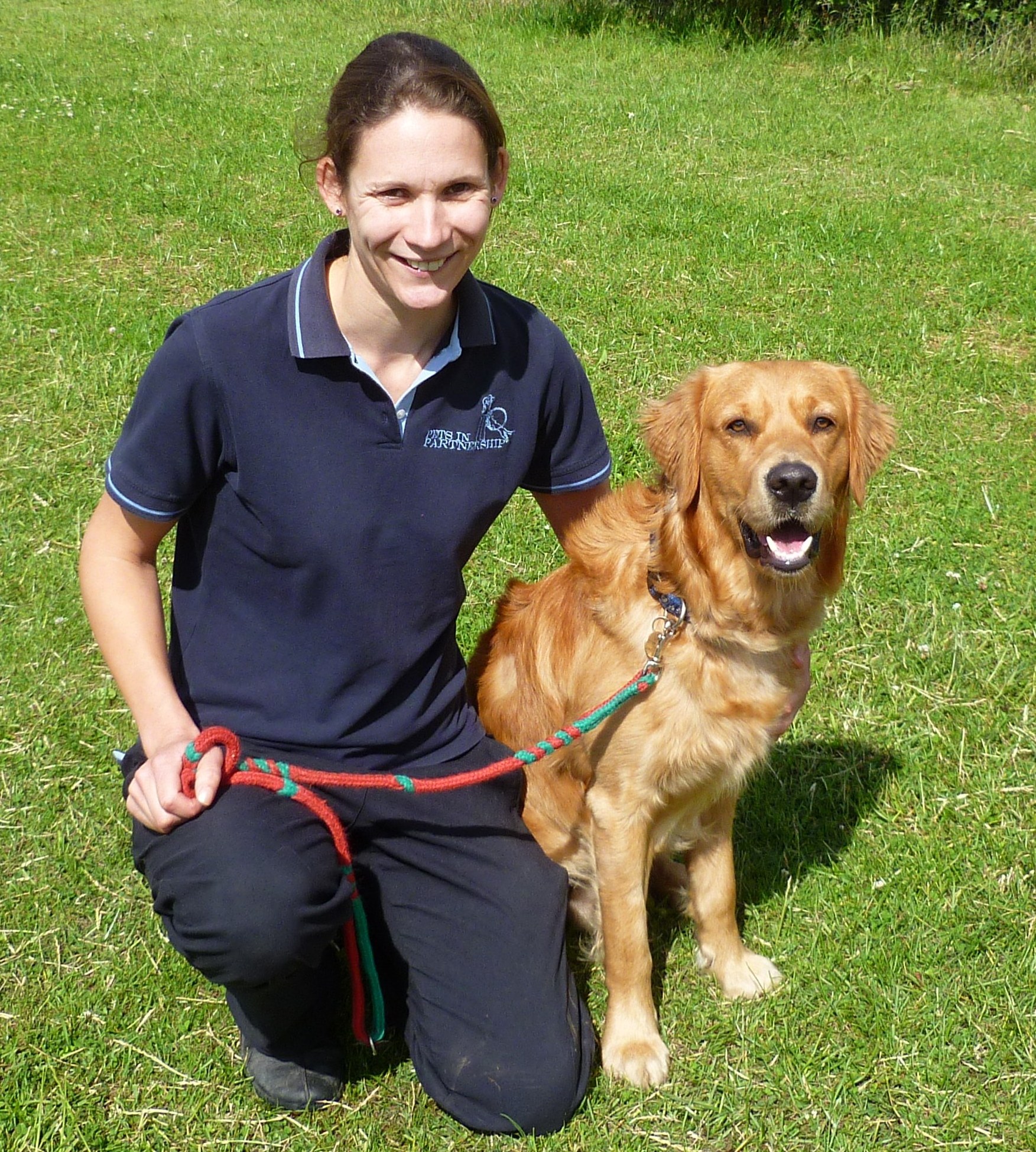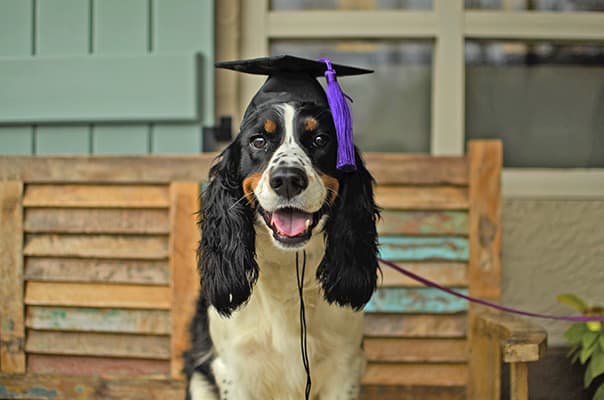Exactly how to Select the Right Technique for Successful Dog Training
Necessary Tips for Effective Dog Training: A Guide for Pet Owners
Efficient pet dog training is a complex process that requires a calculated strategy tailored to both the family pet's personality and the owner's goals. Trick parts such as developing regular commands, using favorable support, and promoting very early socializing play vital functions in promoting a well-adjusted canine buddy. Lots of pet owners run into obstacles that can impede development, leading to frustration and uncertainty. Understanding exactly how to navigate these challenges can dramatically boost the training experience, inevitably changing the partnership in between owner and pet. What are the essential strategies that can be used to guarantee success in this endeavor?
Recognizing Dog Behavior
Comprehending canine habits is crucial for efficient training and fostering an unified connection in between pooches and their owners. dog training. Canines interact largely through body language, vocalizations, and actions, making it crucial for owners to translate these signals properly.

Socializing plays a significant function in canine habits; direct exposure to numerous atmospheres, people, and other pets can significantly impact a dog's temperament. Furthermore, factors such as breed qualities and private character need to direct training approaches, as some breeds may have particular behavior characteristics that necessitate tailored methods. By recognizing these aspects, owners can produce a supportive setting that encourages favorable behavior, causing successful training end results and a deeper bond with their pet dogs.
Establishing Regular Commands
Efficient communication with your pet dog starts with developing consistent commands. This foundational aspect of training is critical for fostering understanding between you and your animal. Uniformity in the commands you use guarantees that your pet can dependably connect details words or phrases with the wanted habits.
When choosing commands, select clear, distinctive words that are simple to claim and distinguish from one an additional. Prevent using similar-sounding commands that may perplex your pet dog. Using "sit" and "stay" is proper, yet "sit" and "hit" might lead to misconceptions.
Additionally, keep the same tone and quantity for each command. Pet dogs are sensitive to singing signs, so varying your tone can create complication.
It is just as essential to ensure that all relative are on the exact same page concerning the commands utilized. A united front in command use will certainly stop mixed signals and reinforce the learning procedure.
Positive Support Methods
The power of positive support in canine training hinges on its capacity to motivate wanted habits via benefits and praise. This method is grounded in the concept that habits followed by desirable results are more probable to be repeated. By including favorable reinforcement right into your training routine, you can properly form your canine's behavior in a positive fashion.
To carry out favorable reinforcement, it's crucial to identify what motivates your dog, whether it be treats, toys, or verbal appreciation. When your pet dog executes a preferred action, such as resting on command, right away award them with a reward or love. This organization between the command and the favorable end result strengthens their understanding.
It's vital to timing the incentives correctly; providing the support within seconds of the desired habits aids your dog make the connection (dog training). In addition, uniformity is essential-- make certain that all family members utilize the very same commands and reward systems to avoid confusion

Gradually, you can decrease the regularity of deals with as your pet learns the actions, transitioning to commend or recurring rewards. This method not only fosters a strong bond between you and your pet however likewise advertises a favorable understanding setting, making training a satisfying experience for both.
Socialization and Communication
Continually exposing your canine to a range of settings, the original source people, and other animals is critical for their social development. Socialization must start early, ideally during the crucial home window of 3 to 14 weeks, when pups are most receptive to new experiences. Older canines can also benefit from continuous socializing initiatives.
Present your pet to different settings, such as parks, pet-friendly stores, and city areas. This direct exposure helps them adapt to different stimuli, minimizing anxiety and anxiety responses. Encourage favorable communications with various other canines and people, making sure that these experiences are controlled and safe to cultivate confidence.
Utilize organized playdates with courteous canines, as this can enhance your pet's social abilities and instruct them appropriate habits. Obedience classes and training sessions additionally give superb possibilities for socializing, enabling your pet dog to communicate with others in a supervised environment.
Display your dog's body language during interactions, as this will aid you evaluate their convenience degree. Gradually boost direct exposure to even more challenging circumstances while ensuring that each experience declares. A well-socialized pet is most likely to show balanced habits, making them a joy to have in any type of setup.
Attending To Common Training Obstacles
Every canine proprietor will encounter training challenges eventually, no matter of their dog's age or socialization degree. Determining common problems such as stubbornness, interruptions, and terror can assist in establishing effective approaches for enhancement.

Slowly introduce interruptions as the canine becomes more competent in commands. Short, regular training sessions are likewise efficient in keeping focus.
Fearfulness can impede a pet's discovering process. Progressive desensitization to the source of concern, coupled with positive reinforcement, can aid relieve stress and anxiety. Persistence is essential; never ever require a canine right into a circumstance that causes distress, as this might worsen the issue.
Inevitably, understanding and attending to these typical challenges click here for info with an organized technique will promote a more efficient training experience, strengthening the bond between dog and owner while promoting reliable learning.
Final Thought
In recap, successful canine training depends on an extensive understanding of canine habits, the establishment of constant commands, and the application of positive reinforcement strategies. Socializing plays a vital role in creating well-adjusted family pets, while addressing common training obstacles needs patience and flexibility. By carrying out these vital approaches, pet dog proprietors can promote a solid bond with their pets and promote preferable actions, ultimately causing an unified relationship between people and their canine friends.
Understanding canine habits is essential for effective training and promoting a harmonious partnership in between canines and their proprietors.Socializing plays a significant role in canine habits; direct exposure to numerous settings, people, and other animals can considerably affect a pet dog's character.The power of favorable support in pet dog training exists in its capacity to urge preferred habits via rewards and praise. By incorporating favorable support right into your training routine, you can effectively form your pet dog's habits in a useful way.
In summary, successful dog training relies on a comprehensive understanding of canine behavior, the establishment of consistent commands, top article and the application of favorable support strategies.